Finding a good job can depend a lot on where you live. Some US cities have fewer or less-stable job opportunities. This article looks at 25 cities that stand out as the hardest places to find a good job opportunity.
Newark, New Jersey

Newark suffers from high crime and unemployment rates. The city needs help to retain businesses and jobs. Recent infrastructure projects provide some construction work. However, many residents need more required skills due to low education rates.
Las Cruces, New Mexico
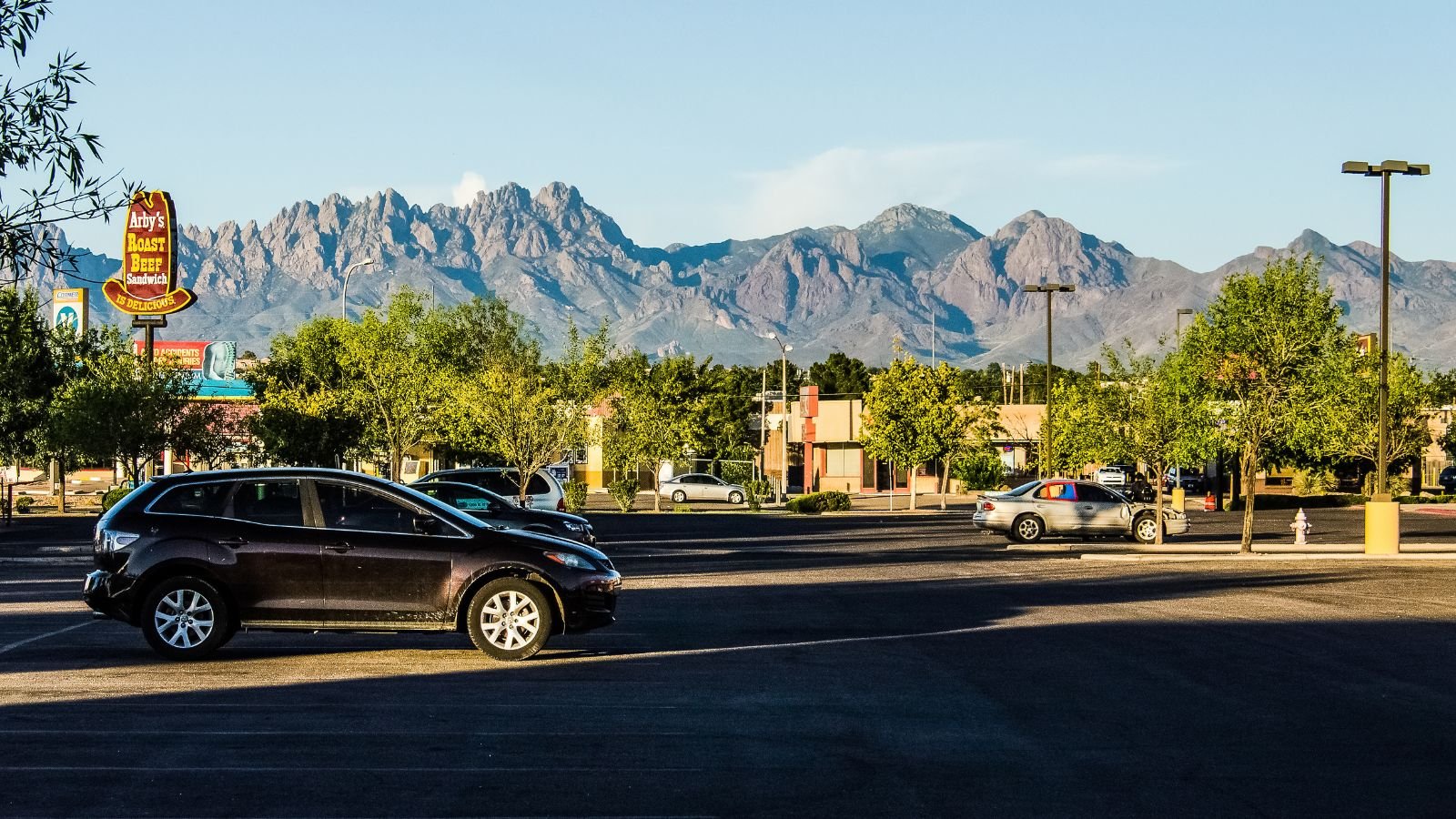
Las Cruces relies heavily on volatile government jobs. Recent job growth lags the national average of 60.2%. There are a few major private employers who provide limited job opportunities. College graduates usually move to other cities in search of employment.
Gulfport, Mississippi

Gulfport depends on low-paying tourism jobs. The workforce must gain the required skills due to low high school graduation rates. However, the unemployment rate of the city is decreasing. The current rate is 2.70% which is much lower than the long-term average of 6.28%.
San Bernardino, California
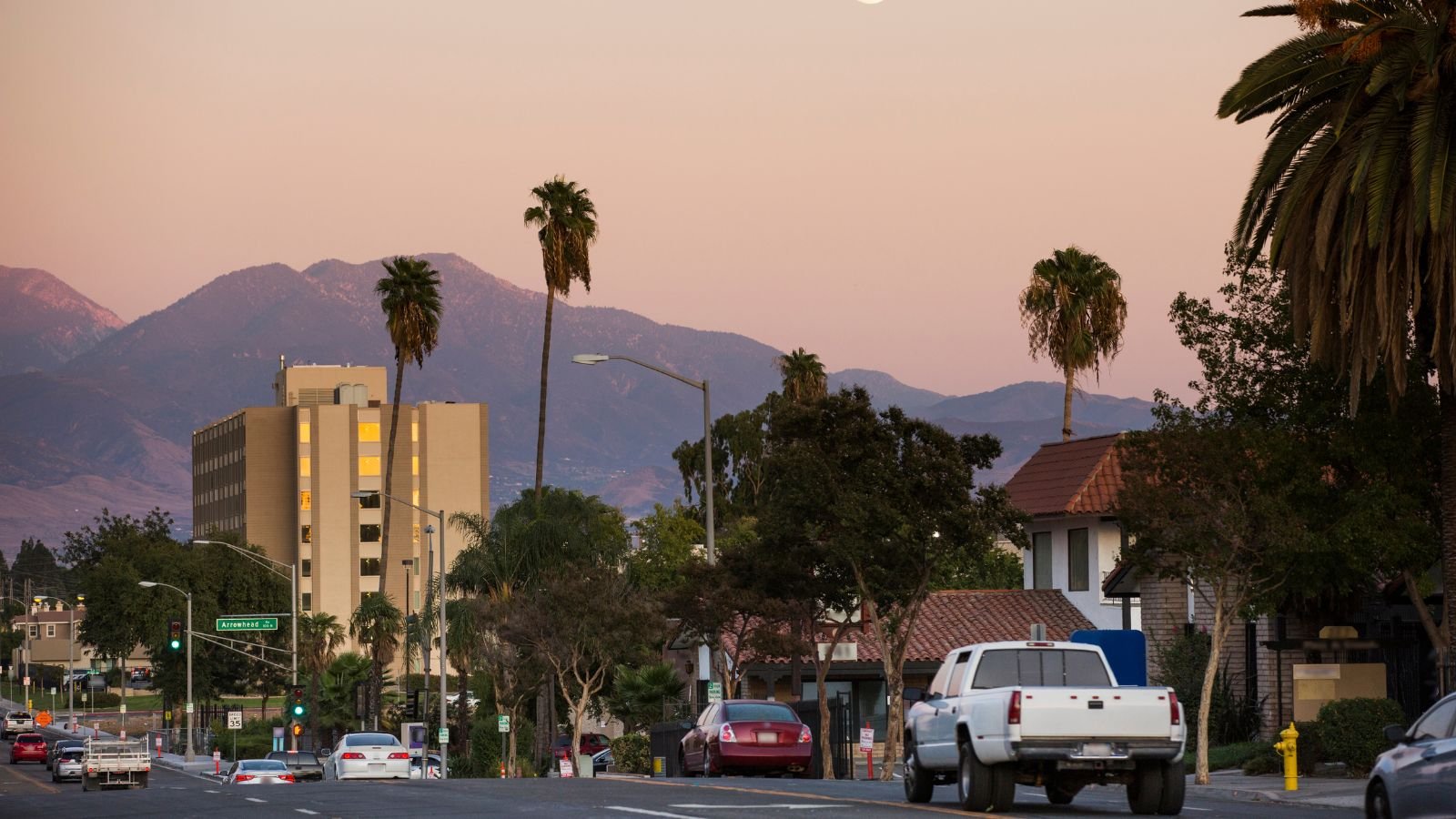
San Bernardino struggles with high unemployment and crime. Lack of public transit makes commuting to jobs difficult. The city needs to attract significant employers besides warehouses.
Augusta, Georgia

Augusta’s economy depends on Masters Tournament and service industry jobs. Lack of development and infrastructure investment hinders growth. Most jobs are low-paying and don’t require a college degree.
Stockton, California
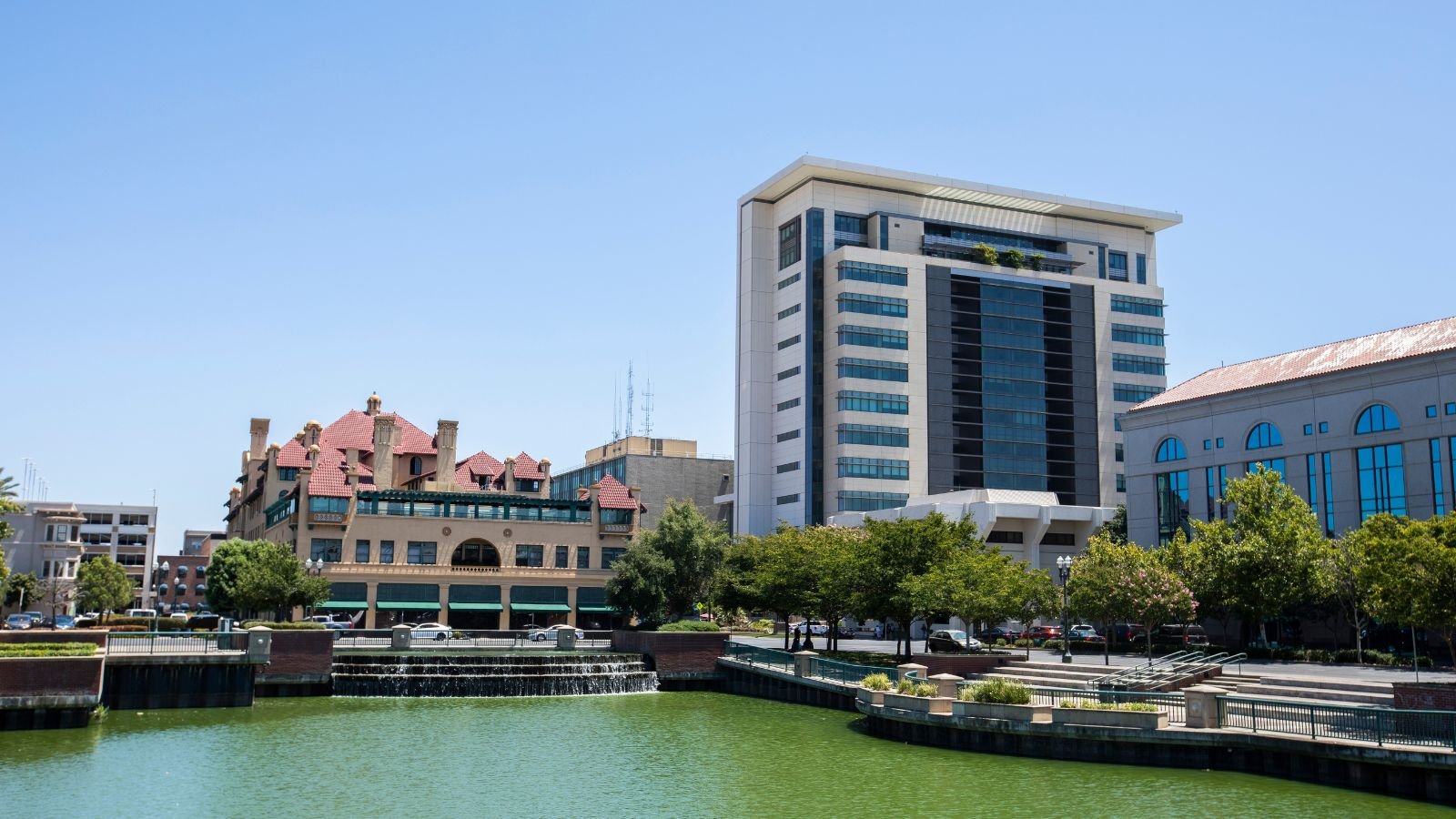
Stockton suffers from high foreclosure and crime rates. The city needs help attracting employers after the bankruptcy in 2012. Most of the jobs in Stockton are in the warehousing and distribution sectors.
Bakersfield, California
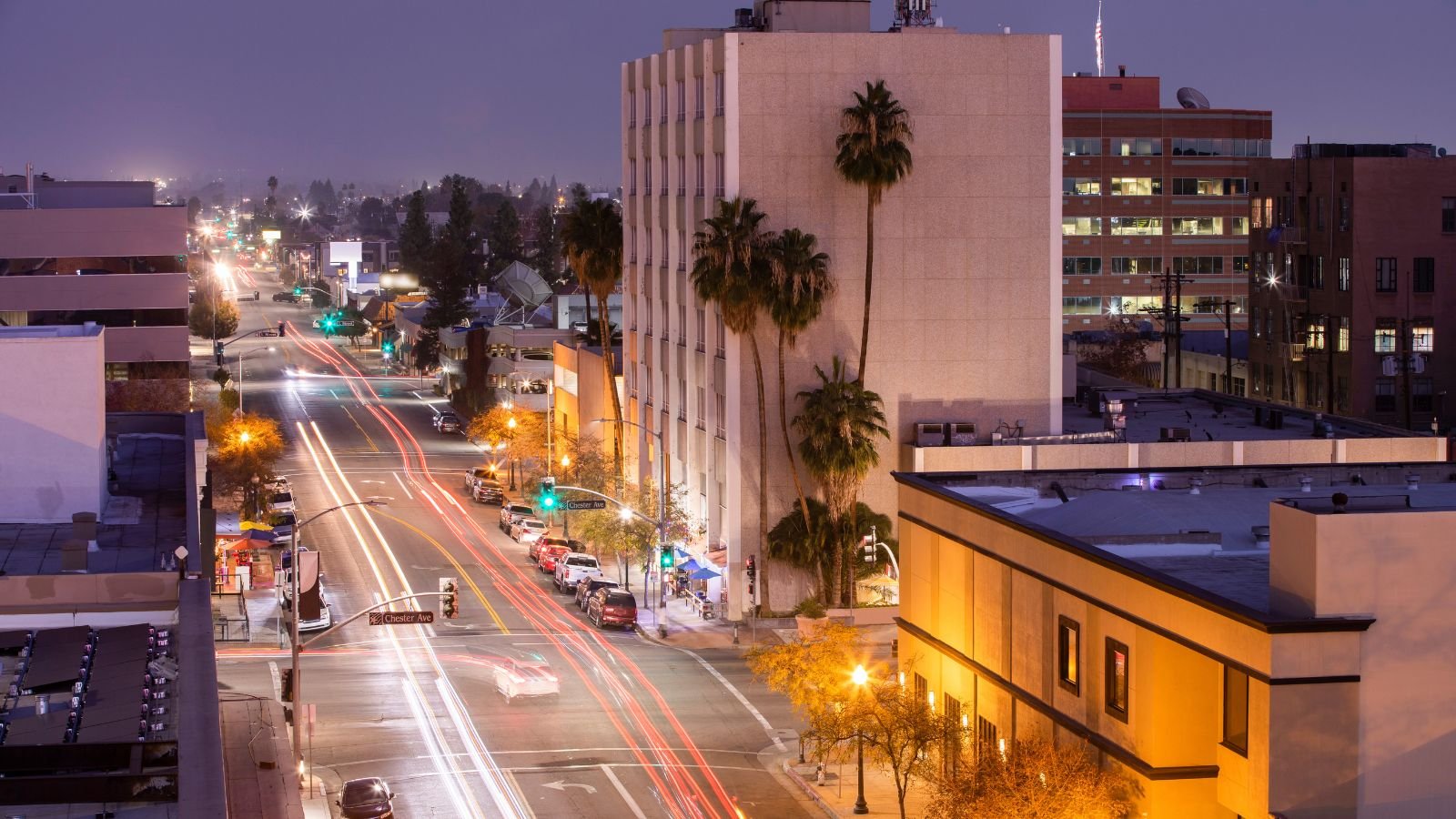
Bakersfield’s workforce needs more skill-training due to low education rates. Local agriculture and oil jobs see market swings. The cost of living is high compared to the average wages. People need to commute long distances for higher-paying work.
Memphis, Tennessee

Memphis depends on low-paying logistics and tourism occupations. People in Memphis have high dropout rates which affects their skill levels. The city also deals with high crime rates, which deters new businesses.
Columbus, Georgia

Fort Benning drives Columbus’s economy with military and university jobs. However, wages remain low, and unemployment is still high. Government and education jobs are vulnerable to cutbacks.
Bridgeport, Connecticut

Bridgeport suffers from poverty and crime, deterring business investment. Most jobs are low-paying retail and service positions. The city also has high property taxes which makes it difficult for people to live with a low-paying job. Recently, many people in the city’s manufacturing base have also lost their jobs.
Baton Rouge, Louisiana

Baton Rouge’s economy depends on volatile petrochemical jobs. Unemployment remains above the national average. Loss of government jobs during the pandemic hurts. The workforce needs to gain tech skills for new industries.
Shreveport, Louisiana

Shreveport struggled after the decline of the manufacturing and oil industries. A city plagued by poverty and urban decay. The workforce lacks the required skills due to low graduation rates. Recent infrastructure projects bring some construction jobs.
Detroit, Michigan

Detroit is still recovering from auto industry declines and bankruptcy. Revitalization centered in downtown neighborhoods still struggles. The workforce then needs more tech skills for growing industries. Public transit issues make commuting difficult.
North Las Vegas, Nevada

The 2008 housing crash heavily impacted North Las Vegas. The construction industry remains weak. The city is recovering its population and tax base after over a decade. Service and retail jobs dominate the economy.
Brownsville, Texas

Brownsville border location shapes low-wage transportation and warehousing jobs. Unemployment remains persistently high. The workforce needs more skills and higher education levels. There is a need to improve public infrastructure to support economic growth.
Modesto, California
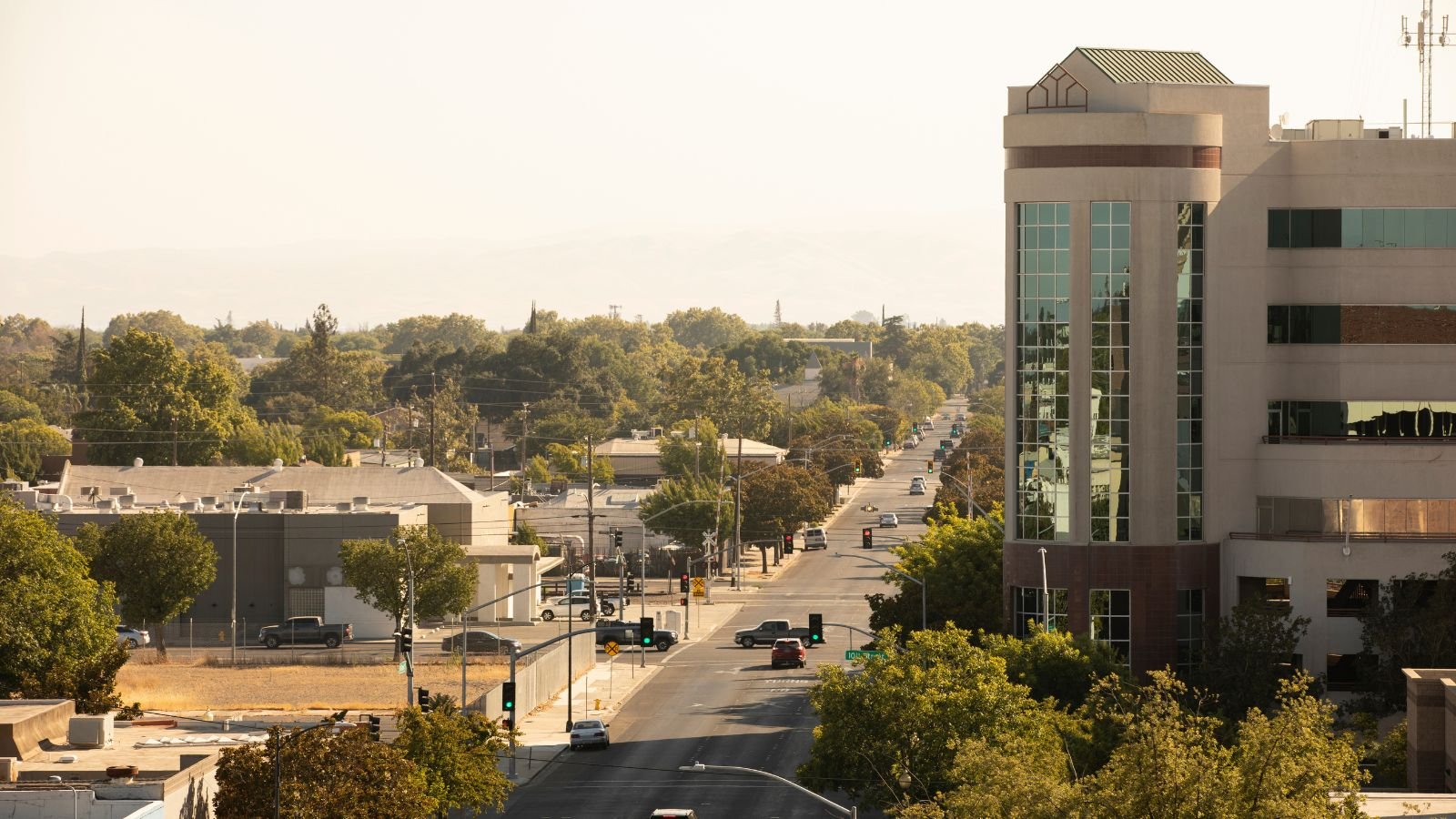
Modesto relies on agriculture and food processing industries, seeing market volatility. Foreclosures and unemployment are still higher than national rates. The city needs to attract significant employers who can pay living wages.
Jackson, Mississippi
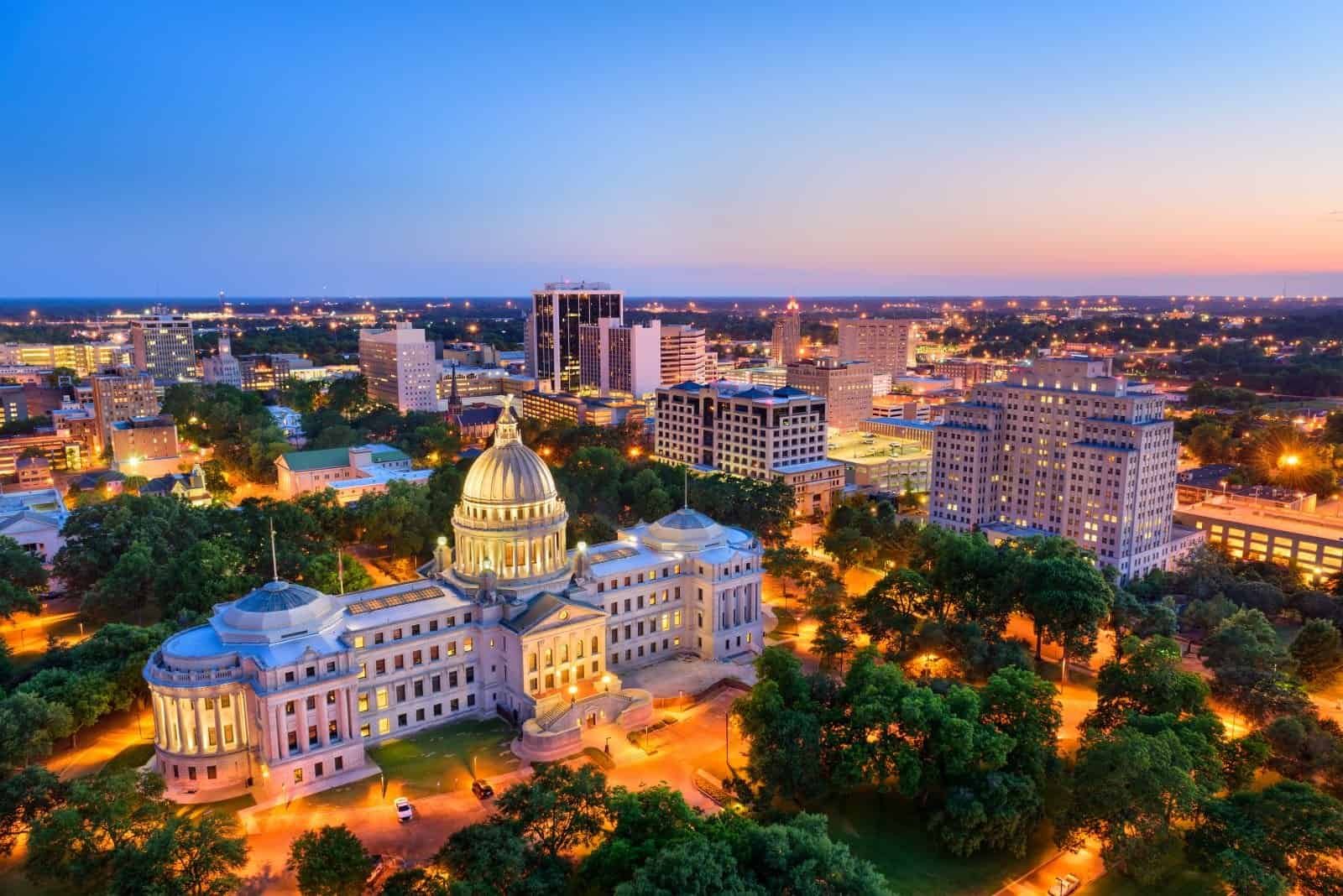
Jackson’s economy declined for decades after manufacturing and white flight. The city has a high crime rate which affects the job opportunities. Due to the poor public education system, the workforce must gain the required skills.
Fayetteville, North Carolina

Fayetteville depends on vulnerable Fort Bragg military base jobs. Unemployment is typically higher than the national average. The city attempts to attract new industries; however, many jobs need higher pay.
Moreno Valley, California

The housing crash and recession hit Moreno Valley hard. The city’ has an overdeveloped residential area which contributes to the lack of jobs. People need to commute to different cities to look for better-paying jobs.
Fresno, California

Fresno struggles with high poverty and unemployment rates. The economy depends on agriculture, prone to drought and market shifts. The city needs to attract major employers who can offer living wages. Lacking infrastructure and amenities makes growth challenging.
Huntington, West Virginia
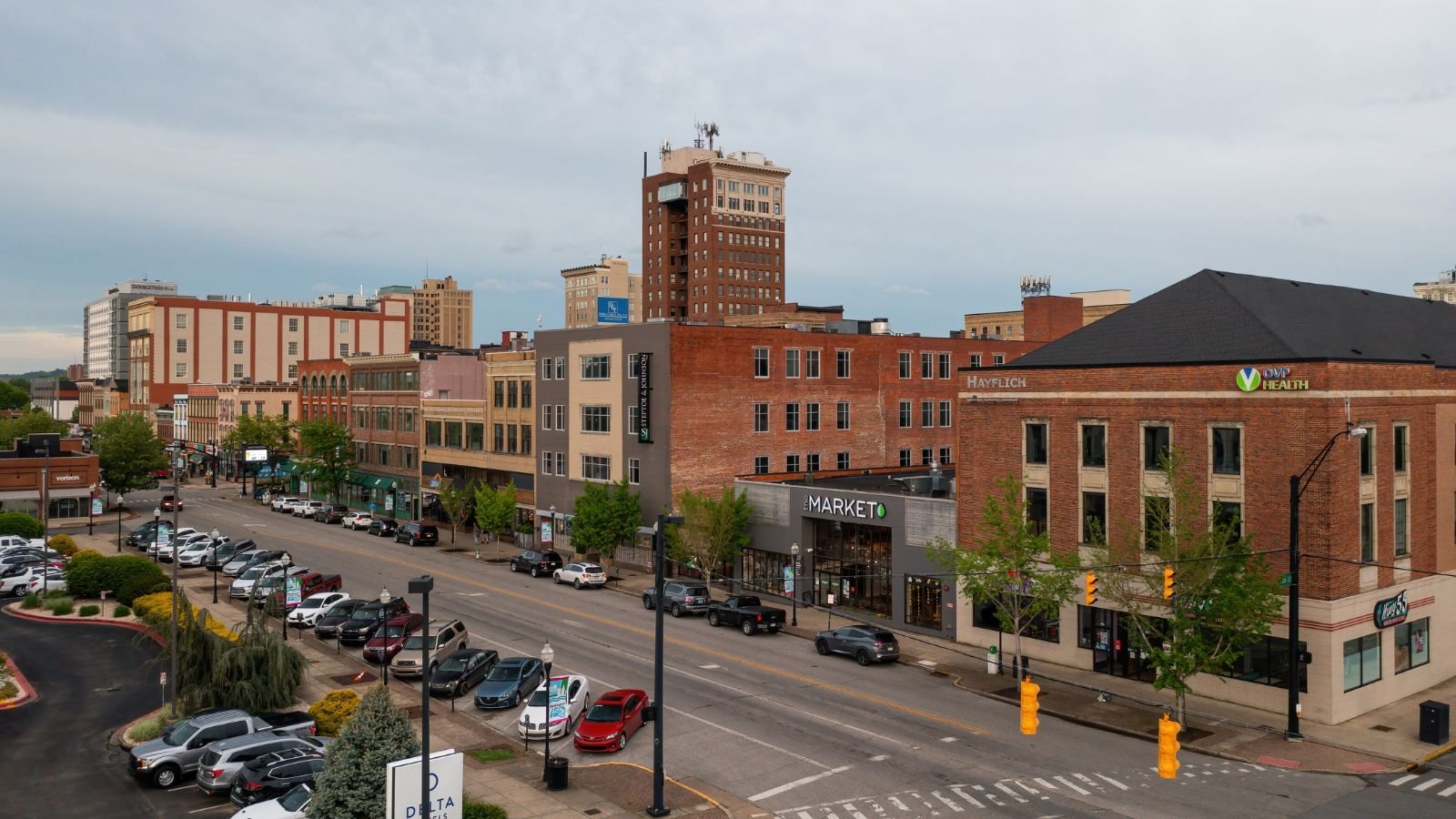
Huntington’s economy has yet to recover from coal, steel, and manufacturing declines. This is causing a rise in the unemployment rates. The workforce needs more education and skills for today’s industries.
Chula Vista, California

Chula Vista is largely a residential suburb lacking a business tax base. The city has very few significant employers. Most residents commute long distances to jobs in San Diego. Public transit is still developing.
Long Beach, California
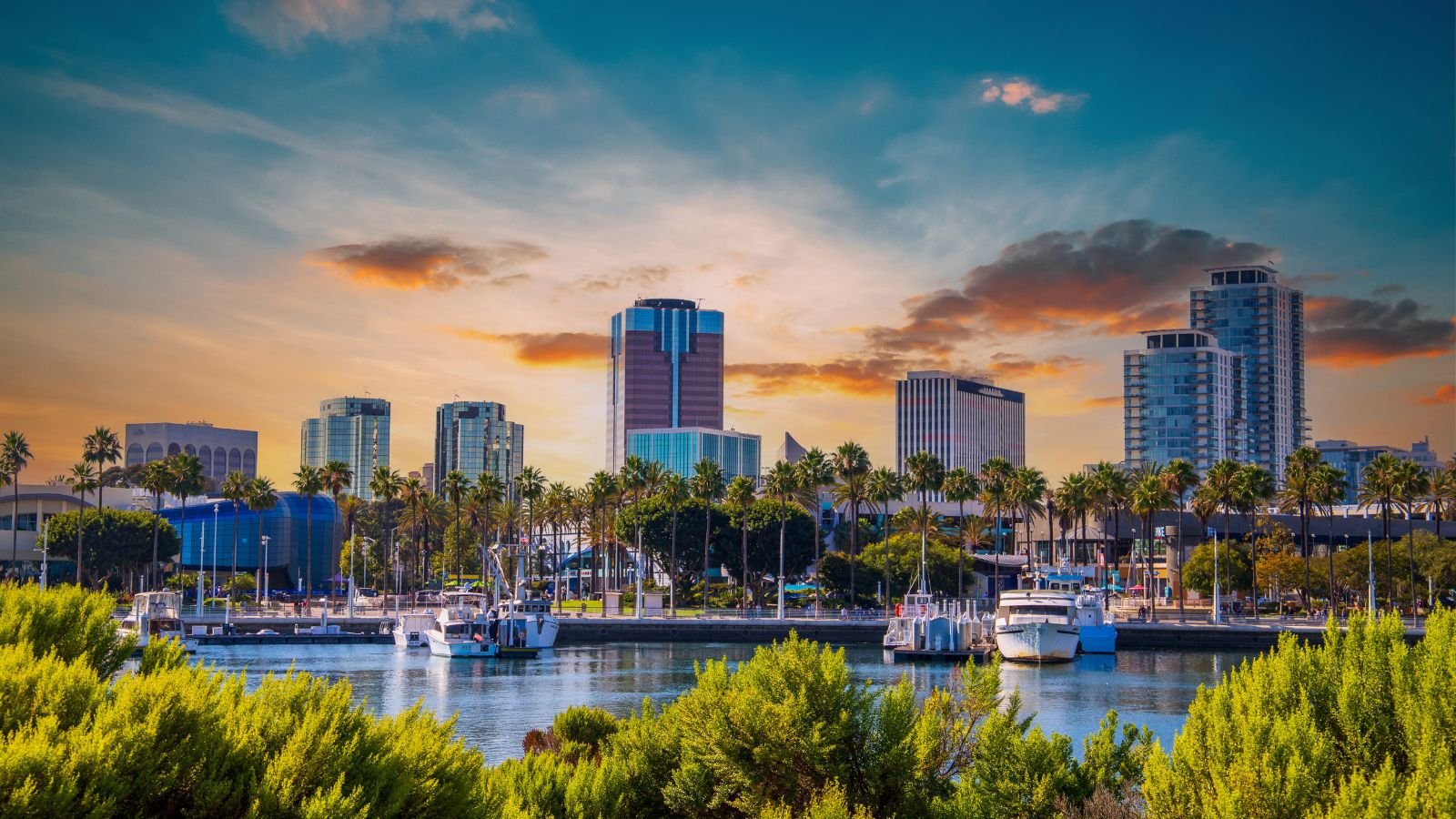
Long Beach’s trade and tourism-dependent economy leads to lower-paying jobs. The city is recovering slowly from the housing crash and recession impacts. Lacking competitive college graduation rates affects workforce skills.
Indianapolis, Indiana
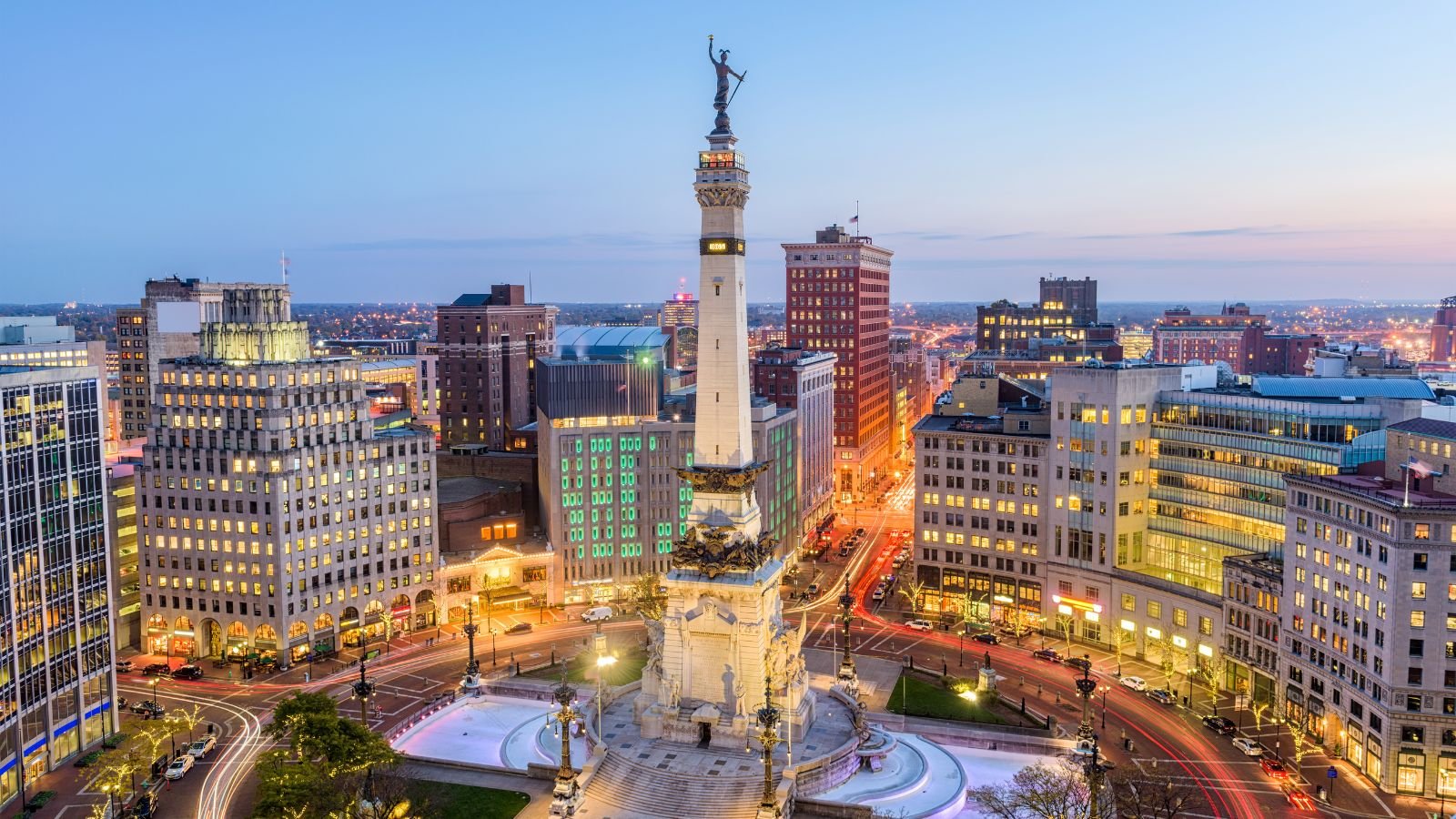
Indianapolis’s economy is overly reliant on the fragile manufacturing sector. Brain drain leads educated young residents to leave the city. The city diversifies slowly with growth in technology and life sciences.
Oxnard, California

Oxnard’s economy stands on agriculture, oil, shipping, and military based jobs. Wages are lower, and poverty is higher than national averages in this city. Geography limits growth industries interested in relocating there.
